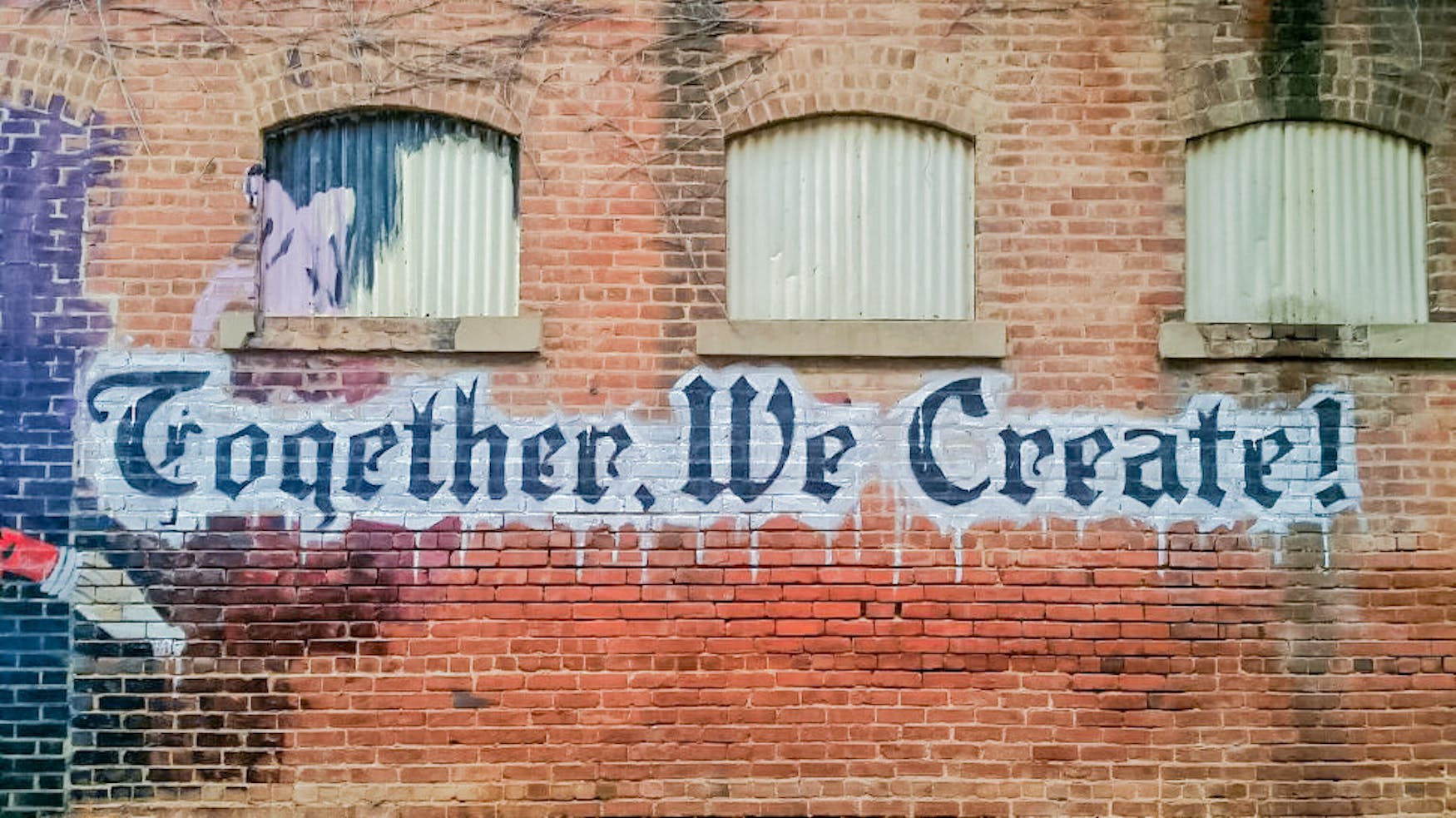Brandeis artists call for change
With the University’s cuts to arts programs and the elimination of Brandeis Arts Engagement, a group of students has taken matters into their own hands.
In the first days of the fall semester, a new Instagram account cropped up with the name “Brandeis Protects Artists.” In their “Who are we?” statement on Instagram, BPA explained, “Our mission is to foster a united front for artists from diverse backgrounds through unions, support groups, and initiatives that protect and promote creativity in every field. We are committed to expanding resources and opportunities for artists, ensuring they have the support needed to thrive.” This statement seemingly came in response to the diminishing value Brandeis has for arts programming. In the past year, the University has cut the doctorate programs in musicology and music composition, in addition to Brandeis Arts Engagement, a vital resource for students across disciplines interested in the arts. With staff layoffs and budget cuts, many feel the University is failing to prioritize and honor the “arts” segment of a liberal arts institution. In creating BPA, students are pushing back.
On Sept. 20, the Justice had the opportunity to sit down with Brandeis Protects Artists to further understand their formation, goals and stance. To BPA, the high-stress academic nature of the University can often stifle creativity. Art is a form of self-expression that inherently represents our authentic selves, and BPA seeks to protect that experience for students at the University. That being said, what does it mean to protect and foster individuals’ creativity in such a fast-paced collegiate environment?
For BPA, the answer lies in creating a sort of collaborative makerspace. Their current hope is to host art nights every Sunday for a couple of hours, where students will come without their backpacks, free of academic stress, and dedicate time to artistic endeavors. Students will share ideas, feedback, art supplies and stories as they engage in a community that maximizes creativity. BPA also hopes to host workshops with arts professors at the University to dismantle the stereotype that the arts do not translate into practical careers.
By fostering creative spaces for students, BPA seeks to advocate for the artists on our campus. A founder of BPA noted how they hope to support art initiatives all over Brandeis — from those that are preexisting to those that have yet to be expressed. In addition, many of the artists who support the University’s campus — from decorating our spaces, creating club and program advertisements, to working on shows and arts events — do not get adequate representation and appreciation. Not to mention, many of the jobs students take on are unpaid. BPA believes there should be better wage opportunities for artists; the expectation should no longer be that everything is volunteer based. In platforming these workers, through providing recognition and calling for compensation, BPA will be urging the University to re-invest in the creativity of their student body.
While BPA has these plans to uplift the University’s artists, the club requires support from those very students first. As of right now, BPA has an executive board and plenty of events planned for the coming semester; however, in order to be chartered, they need more students to sign up for the club. The club’s ability to support and honor the work of students in the future rests on action from the student body now.
Ultimately, the purpose of BPA is not to define art or create parameters for student expression. Rather, the board hopes to protect and serve students where they are at, in capacities that students themselves define. By the conclusion of our interview, a board member for BPA shared with The Justice, “we want [BPA] to be open to everyone as a space for all kinds of artists. Whether it’s nail art, braiding, poetry or henna, all kinds of creativity are art. Even if you’re planning a creative coding project, I call you an artist.”



Please note All comments are eligible for publication in The Justice.